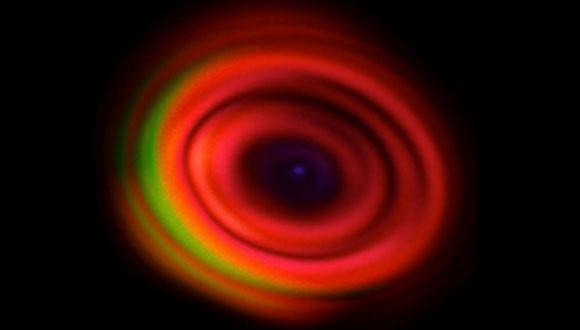LMI Seminar: Magnetic Dipole Light-Matter Interactions in 2D Hybrid Organic/Inorganic Perovskites: What Metamaterials Can Teach us About Real Materials
Prof. Jon Schuller, Electrical and Computer Engineering, University of California, Santa Barbara
Abstract:
The optical properties of materials are universally described within the electric dipole (ED) approximation—atomic-scale optical frequency light-matter interactions are assumed to arise solely from electric dipoles interacting with the electric field component of light. In fact, this inability of matter to interact with the magnetic-field component of light led to the advent of metamaterials and metasurfaces. In this talk, I describe my group’s recent discovery of atomic-scale optical magnetism in 2D Layered Hybrid Organic/Inorganic Pervoskites (2D HOIPs). First, I detail our use of momentum-resolved optical spectroscopy to demonstrate magnetic dipole (MD) light emission originating from self-trapped excitons [1,2]. I conclude by showing that 2D HOIPs are the only known materials to exhibit non-unity optical frequency magnetic permeabilities [3].
-
DeCrescent, R.A., Venkatesan, N.R., Dahlman, C.J., Kennard, R.M., Zhang, X., Li, W., Du, X., Chabinyc, M.L., Zia, R. and Schuller, J.A., 2020. Bright magnetic dipole radiation from two-dimensional lead-halide perovskites. Science advances, 6(6), p.eaay4900.
-
DeCrescent, R.A., Du, X., Kennard, R.M., Venkatesan, N.R., Dahlman, C.J., Chabinyc, M.L. and Schuller, J.A., 2020. Even-Parity Self-Trapped Excitons Lead to Magnetic Dipole Radiation in Two-Dimensional Lead Halide Perovskites. ACS nano, 14(7), pp.8958-8968.
-
DeCrescent, R.A., Kennard, R.M., Chabinyc, M.L. and Schuller, J.A., 2021. Optical-Frequency Magnetic Polarizability in a Layered Semiconductor. Physical Review Letters, 127(17), p.173604


